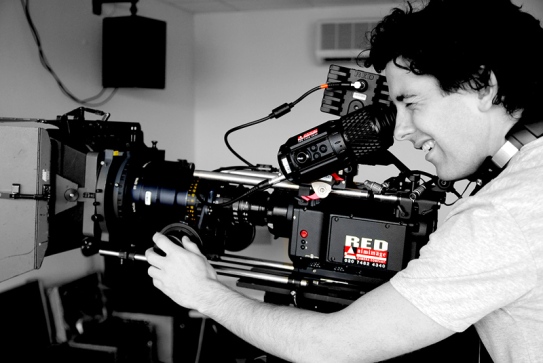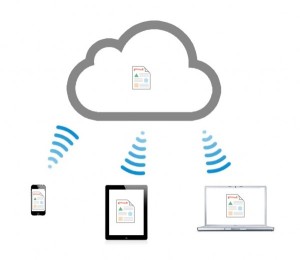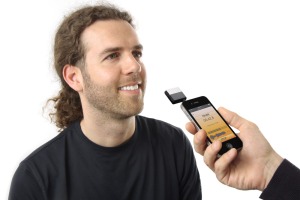I remembered it all started with the glorious LCD flat screen running at 720p. Then it was 1080i. Next it was the LED TV’s running at the same resolutions, but with better quality. Then the flop of the 3D TV. Now we have entered into the age of 4K. Don’t get me wrong when I walk into Best Buy and go to the TV section I’m amazed at the quality of these TV’s. The colors are vivid, the depth of field is almost 3d like, and the screens are getting thinner with each generation, but honestly what’s the big deal. I mean the average consumer doesn’t really know the differences between 1080p and 4K. Heck, I’m into these kinds of things and I could barely tell you the differences. I guess what I’m trying to say is I’m starting to feel like all these new resolutions are nothing more than a marketing ploy. I mean enough is enough. It’s like every other year it’s a new bigger and badder TV.
Personally I have a 42′ inch LG 1080p LCD TV that suits me just fine. I’m a tech person I’ve always been. I play video games, shoot video with my DSLR, and dapple with computers and I still don’t feel the need to jump ship to 4K. Don’t get me wrong if I had a disposable $2800 to waste would I buy a sony 42′ inch 4K TV? Maybe, but that’s a huge maybe, I would rather use that money to buy a 70-200mm lens or something; it would definitely last longer.
Another thing about 4K is it isn’t exactly new it’s been around since at least 2009. I first heard about 4K when they introduced the new RED cameras; which cost the price of a small house in Covington, GA. Don’t get me wrong the quality is amazing and down right beautiful, but it’s not aimed for the average consumer, not yet anyway. They have a couple of DSLR’s that can shoot 4K at 24 fps, which is outstanding but there are certain things you have to take into account. A lot of the DSLR’s need external recorders to even record in 4K. They have the ability to record in 4K, but not directly out of the camera. They only have 2 DSLR’s that I know about that can record 4K directly from the camera to a memory card and that’s the Samsung NX-1 and the Panasonic GH2. It’s starting to be in demand and I imagine that in the next three years most DSLR will record in 4K.
The problem with any new technology is that you have to give it time to integrate. Right now as it stands you don’t even have a company with the capability to stream 4K, not yet. It’s a very small amount of 4K content. Let’s give it time to grow before we create chaos this Black Friday. The price of a 4K TV is enough for me to wait. Look at the aging DVD player. I remember when they first came out they were about $300 easily, now you can get one for $20. Same thing with the flat screens, when they first came out they were about $6000 now you can get one for $500. In the next couple of years 4K will eventually take over, it’s inevitable. It’s evolution. With companies like Netflix starting to shoot movies and series in 4K it’s just a matter of time. I think I can wait another 4 years before I make the jump, but you never know I might just wait until the 6K comes out.


















